Breathtaking natural phenomena - The beauty of our earth
Wow, have you ever seen such pictures? I'll show you how diverse and breathtaking Mother Nature is!
For most of them, there is a logical explanation, which, of course, does not change the fact that these places mislead you when you look at them. Often it is phenomena that have developed over millions of years, as well as knowingly or accidentally created by human hands. Sometimes it takes a small push to help Mother Nature on the jumps. Long story short, I prefer to let the following pictures speak for themselves, because they are known to say more than a thousand words. Curtain up for five incredible natural phenomena that you certainly have not seen!
Colorful eucalyptus trees
You are now sure that I would like to hug you when I count eucalyptus trees among the most amazing natural phenomena in the world, right? But I assure you, great guru's word of honor, that I certainly do not joke with you. Well, not every eucalyptus tree is suitable for the natural phenomenon, but once you are in front of a tree of the species Eucalyptus deglupta, you will soon realize why this species is also called rainbow eucalyptus. Instead of the brown, gnarled bark you will find colorful bark that shines in all the colors of the rainbow; it almost looks as if an artist had poured several buckets of paint randomly over the tree or as if a child had papered the tree with his colorful play dough. At the sight one hardly believes that this is really a natural phenomenon ...
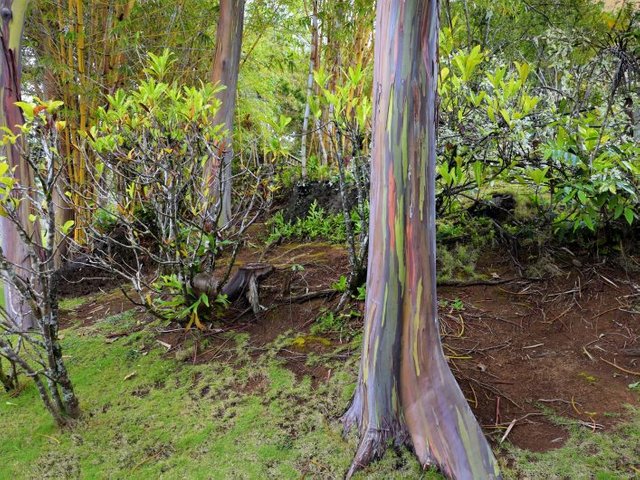
Blue lava of Kawah Ijen volcano on Java
You know, I do not like to disappoint you, but right at the beginning I have to deprive you of the illusion that there really is blue lava, even if the following photos promise something different. The term "Blue Lava" persists in the vast world of the Internet, and the lava of the Kawah Ijen volcano has exactly the same reddish-orange hue as all the others. But what makes the leaking magma shimmer bluish? Again, there is an explanation that, although the magic, fairytale aura of the blue lava inhibits something, but at least not let you in the wrong belief: In an outbreak not only lava flows to the surface, but also a large number of sulfur gases, the with high pressure and a temperature of up to 600 ° emerge with the magma. If these sulfur gases come into contact with oxygen and are then additionally ignited by the lava, the sulfur burns, which in turn causes the blue flames. Unfortunately, this effect is visible only at night, because we remember that only the flames and not the lava itself burns blue. Phew, natural phenomena can sometimes play very nice pranks.
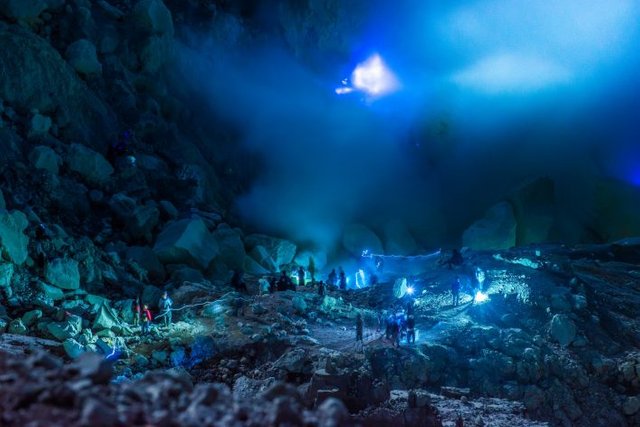
Great Blue Hole in Belize
Admit it, I hear it rattling in your heads, constantly searching for a plausible explanation for this spectacular natural phenomenon. The solution is as simple as obvious if one is familiar with the history of the oceans and thinks in longer periods of time. Basically, a blue hole is nothing more than an underground depression that is mostly elliptical or funnel-shaped. To be more specific, one has to say that it is not just a sink, but an underground cave system created by erosion and flooded by sea level rise. This makes the Blue Hole not only one of the most amazing and beautiful natural phenomena, but also a true diving Eldorado. Yes, that's right, as an experienced diver, you even have the chance to explore and get to know this natural phenomenon with your own senses. When does life ever offer such an opportunity? What are you waiting for: Diving license, bottle on your back and fins on your feet - and off you go to the gullet of the Great Blue Hole in Belize.
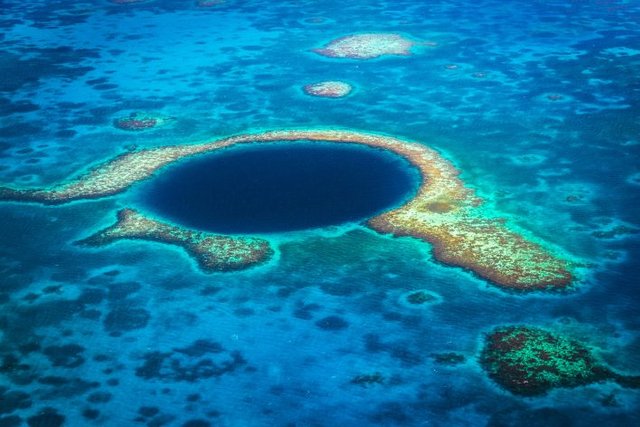
Lake Natron in Tansania
I'll have a real punch right at the beginning for you, but be warned, because the pictures are more than impressive, but somehow have a dark, almost scary aura. The history of Lake Natron in Tanzania actually begins quite contemplative: Ornithologists appreciate the lake especially for its remarkable and diverse number of birds, especially the Zwergflamingopopulation attracts thousands of visitors every year. Initially responsible for the eerie touch of the lake is the Ol Doinyo Lengal, a volcano that is the only lava in the world that is largely made of sodium carbonate and dissolved in the adjacent lake. Sensitive minds should now continue to scroll quickly, because if, for example, one of the animals dies or accidentally comes into contact with the sodium carbonate-containing water, this causes calcification and thus preserves the body for eternity. A scary and, above all, painful performance, but the result looks pretty impressive, do not you think?
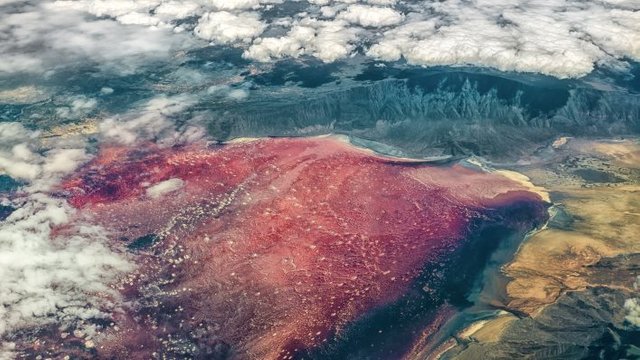
Horsetail Falls in Yosemite National Park
After this little excursion to the gruesome side of nature, I long, and you certainly too, again after one of the beautiful, less frightening natural phenomena. From Tanzania you travel across the North Atlantic Ocean to the United States of America, and then into beautiful Yosemite National Park. As if the park would not provide you with breathtaking impressions anyway, lurking on every corner, it enchants its visitors with a very special phenomenon. Of course, anyone who can come up with something so special will not show it to everyone, and certainly not all year round! If you want to enjoy this natural phenomenon, you should plan your trip so well and visit the park in February, because only then and only in good weather conditions, the Horsetail case shows its best side. In the glow of the setting sun, the waterfall shines in bright orange, yellow, and red tones that make you feel like hot lava or liquid gold spills over the slope. It is not for nothing that the horsetail case is nicknamed "Firefall". Rightly, or what do you think?
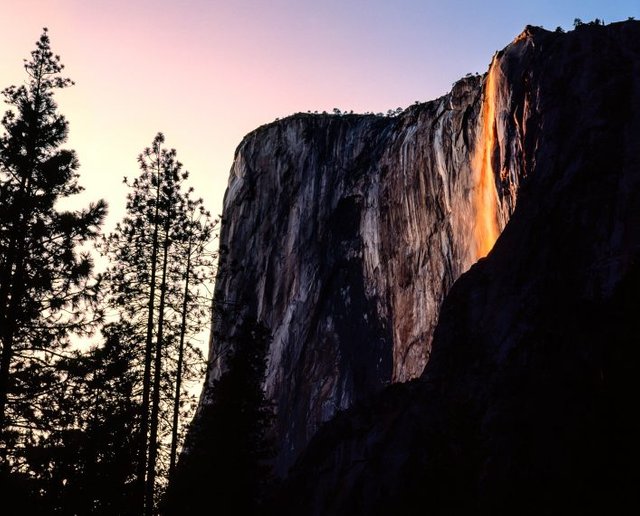
Nice post! I will follow you from now on. +vote
thanks!
that blue lava is amazing place to visit .
Agree :)